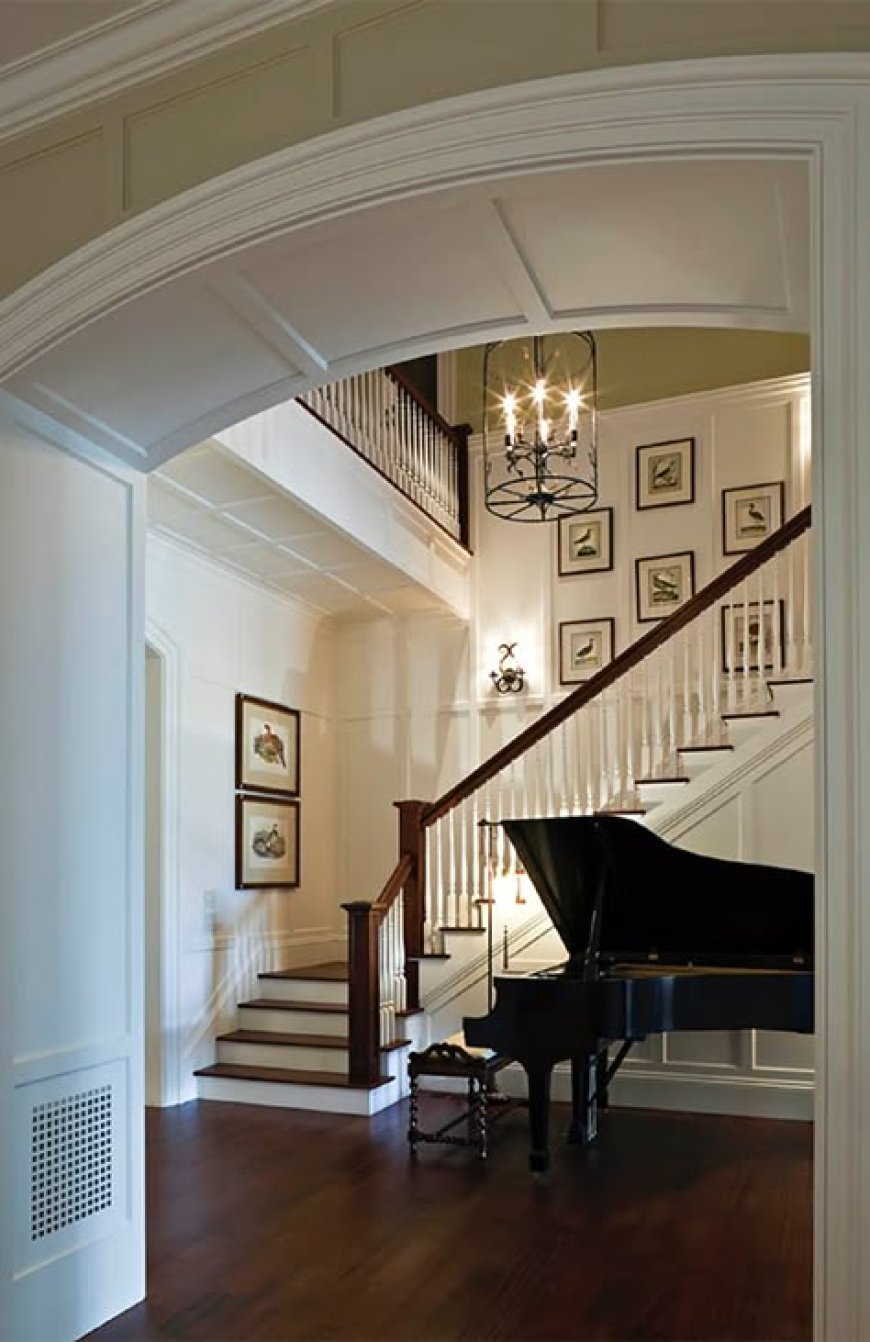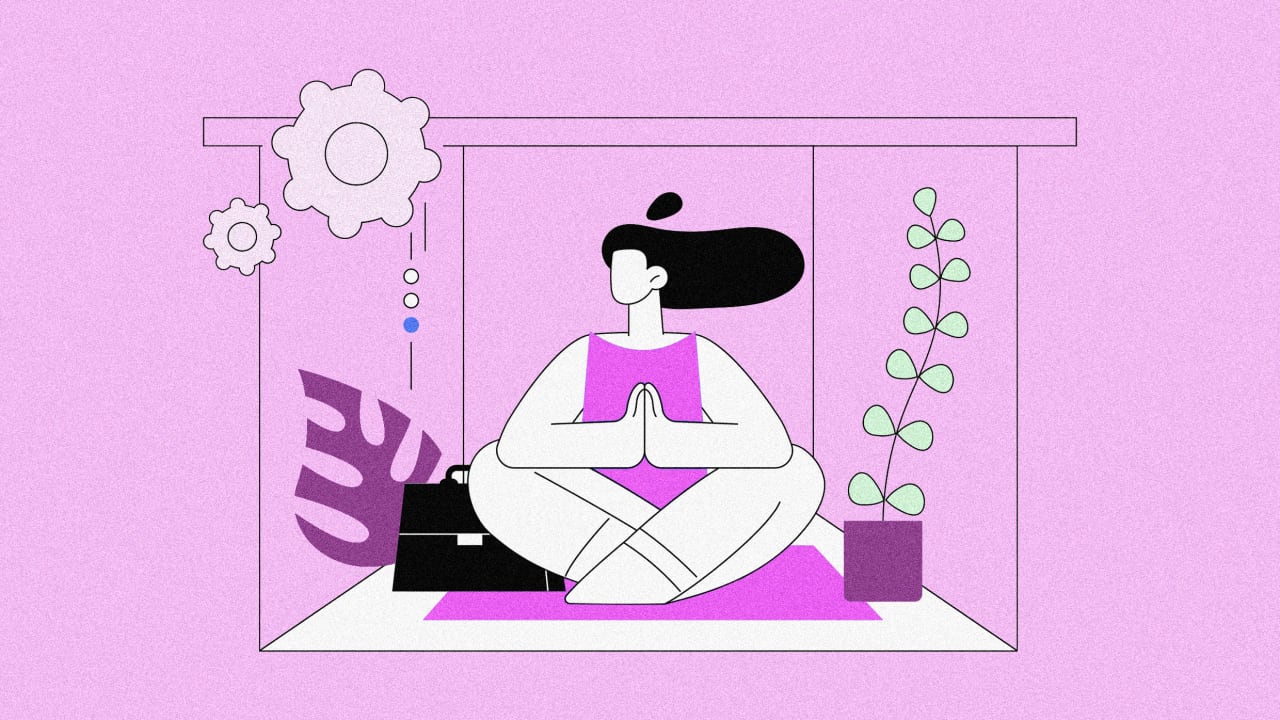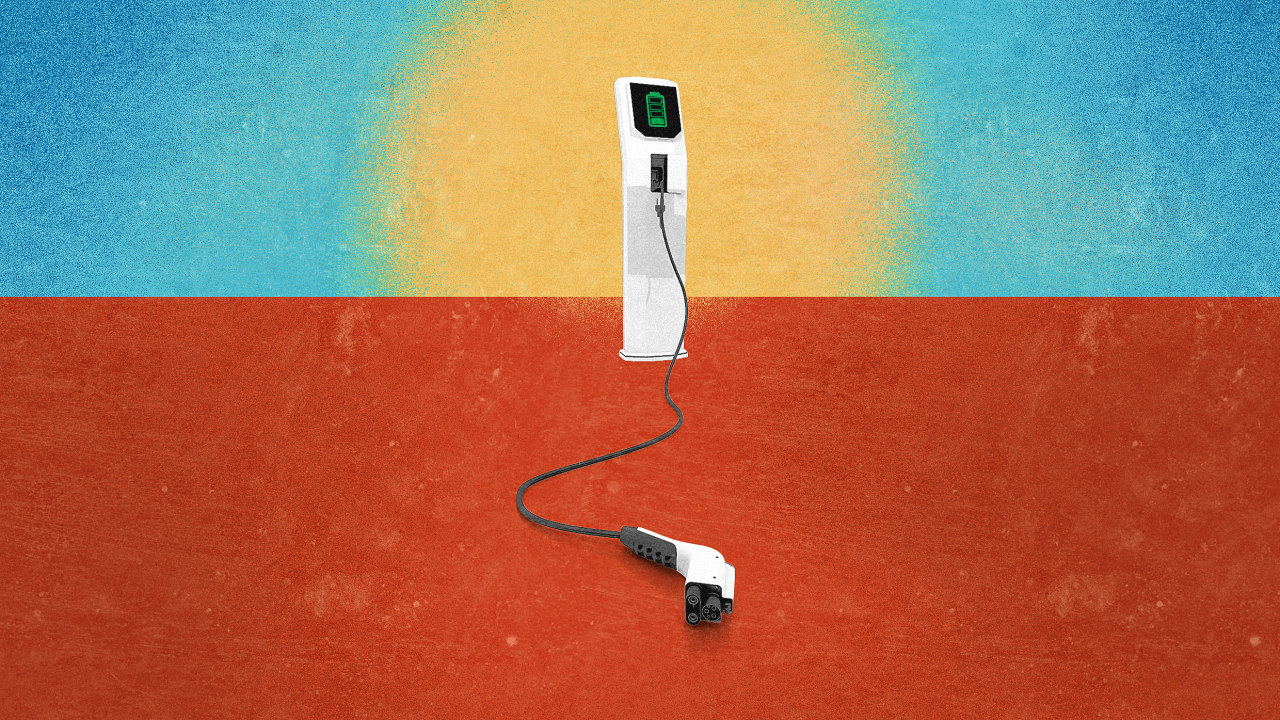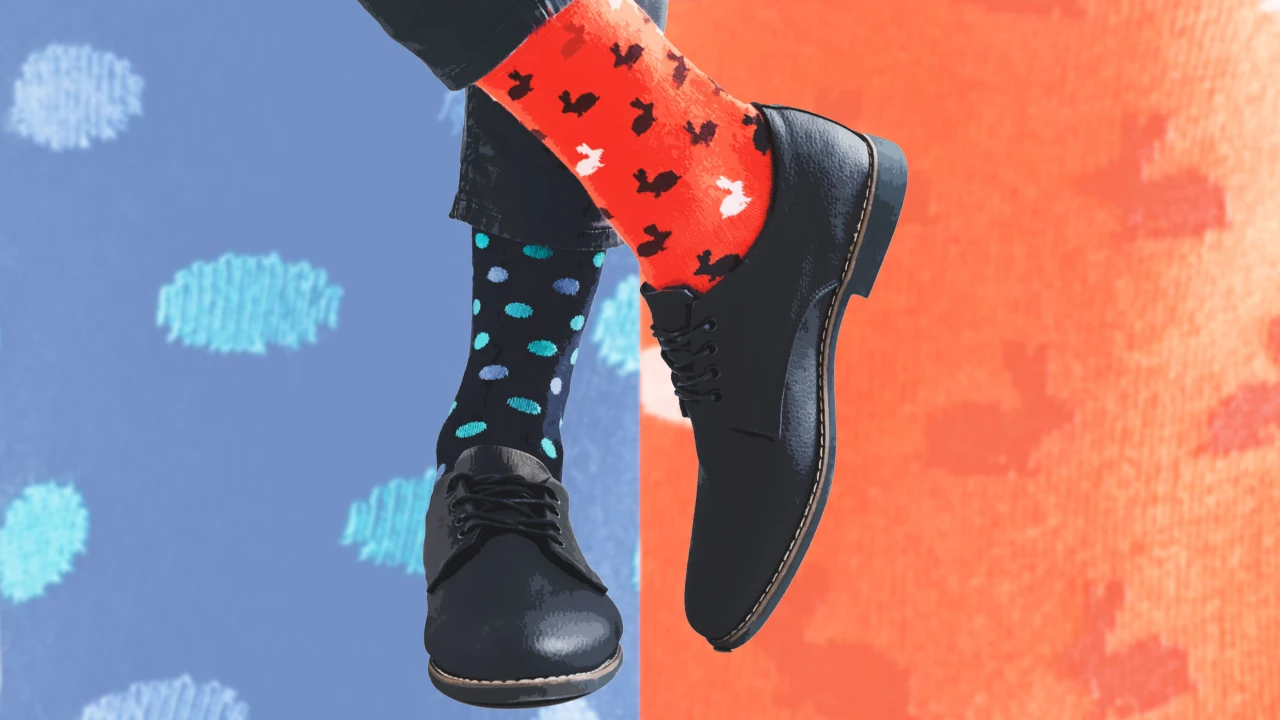Elevate Your Space with Stunning Spiral Stairs Design

Spiral stairs are more than a practical way to connect different floors of your home or office—they're a statement piece. With their swooping beauty and space-saving footprint, spiral stairs add architectural style and conserve space. Whether you're building a new home, remodeling, or adding a loft, spiral staircase design offers style, functionality, and creativity in a sleek package.
What Are Spiral Stairs?
Spiral stairs possess a circular formation, winding round a center post. Unlike the straight staircases that go and turn sharply, spiral staircases turn gracefully up. They are preferred in today's lofts, outdoor balconies, petite houses, as well as mansions with great entrances.
Their inherent advantage lies in space effectiveness. Spiral stairs take up fewer floor spaces compared to conventional staircases, fitting perfectly in restricted spaces without hampering accessibility and looks.
Benefits of Spiral Staircase Design
1. Space Efficiency
One of the main benefits of spiral stairs is that they occupy a very small footprint. As they turn upwards, they use only a small fraction of space compared to a straight or L-shaped staircase. This is perfectly suited for compact houses, flats, studios, or loft extensions.
2. Aesthetic Appeal
Spiral stairs bring an artistic and architectural flair. Whether you adore a modern look with glass and steel or country charm with iron and wood, there's one to match your style. Their sculptural nature often causes them to be a room center of attention.
3. Design Flexibility
You can create spiral stairs to match your interior or exterior design. Materials like stainless steel, wrought iron, glass, wood, and even concrete can be combined to create varying designs. Open risers, railings, and balusters can be individually designed for safety as well as aesthetics.
4. Indoor and Outdoor Use
Spiral staircases work both indoors and outdoors. Spiral stairs in backyard settings, for example, provide access to rooftops, decks, or gardens. With weather-resistant finishes, they hold up in the rain, sun, and wind and add curb appeal.
Key Design Considerations
Designing a spiral staircase comes with some important considerations:
1. Diameter and Space Planning
The diameter of the staircase affects how comfortable it is to use. A standard spiral stair has a diameter of around 5 feet (60 inches), which provides enough room for safe and comfortable movement. Before installation, you’ll need to assess the available floor and ceiling space to ensure proper fit.
2. Riser Height and Tread Depth
Every riser height and tread depth will need to comply with local building codes. Too steep or too tight, and it can become dangerous. The treads are usually narrower in the middle and wider at the outside of a spiral staircase, so design needs to be executed with precision.
3. Central Support Pole
The center pole supports the whole structure. It must be strong enough to support weight and remain stable. Strong materials like steel or iron are employed for strength.
4. Handrails and Balustrades
Safety is of top priority, especially for children or the elderly. A safe handrail and well-spaced balusters prevent accidents and provide assistance while ascending or descending the stairs.
Popular Styles of Spiral Staircases
Modern Minimalist
Modern stair railings and stainless steel railings give a sleek, modern look. Ideal for city apartments or modern offices, these designs appear open and airy.
Rustic and Traditional
Wrought-iron balusters over wooden spiral stairs give a sense of warmth and character. These are ideal for country houses, cabins, or traditional settings.
Industrial Chic
Raw metal finishes, exposed bolts, and repurposed wood treads give an edgy, industrial look. These are ideal for open-plan spaces or converted warehouses.
Floating Spiral Stairs
For a dramatic look, floating spiral stairs incorporate concealed supports and minimal hardware. They create the illusion of floating in mid-air and give a futuristic appearance.
Installation and Maintenance Tips
Though spiral stairs can be attempted on one's own for experienced builders, professional installation is preferred by most homeowners for safety and code compliance. Make sure:
Check local building codes.
Hire a certified contractor.
Utilize hard-wearing, low-maintenance materials for high-traffic areas.
After installation, maintenance is simple. Clean treads occasionally, tighten loose bolts, and inspect the railing system for signs of wear and tear.
Final Thoughts
Spiral staircase design is both functional and beautiful. Whether to maximize limited space in a small house or to create a dramatic statement in a luxurious foyer, spiral staircases are an enduring choice. With the right design, material, and floor plan, you can turn an everyday staircase into a sculptural showpiece that makes your whole room better.
































































![https //g.co/recover for help [1-866-719-1006]](https://newsquo.com/uploads/images/202506/image_430x256_684949454da3e.jpg)








































































